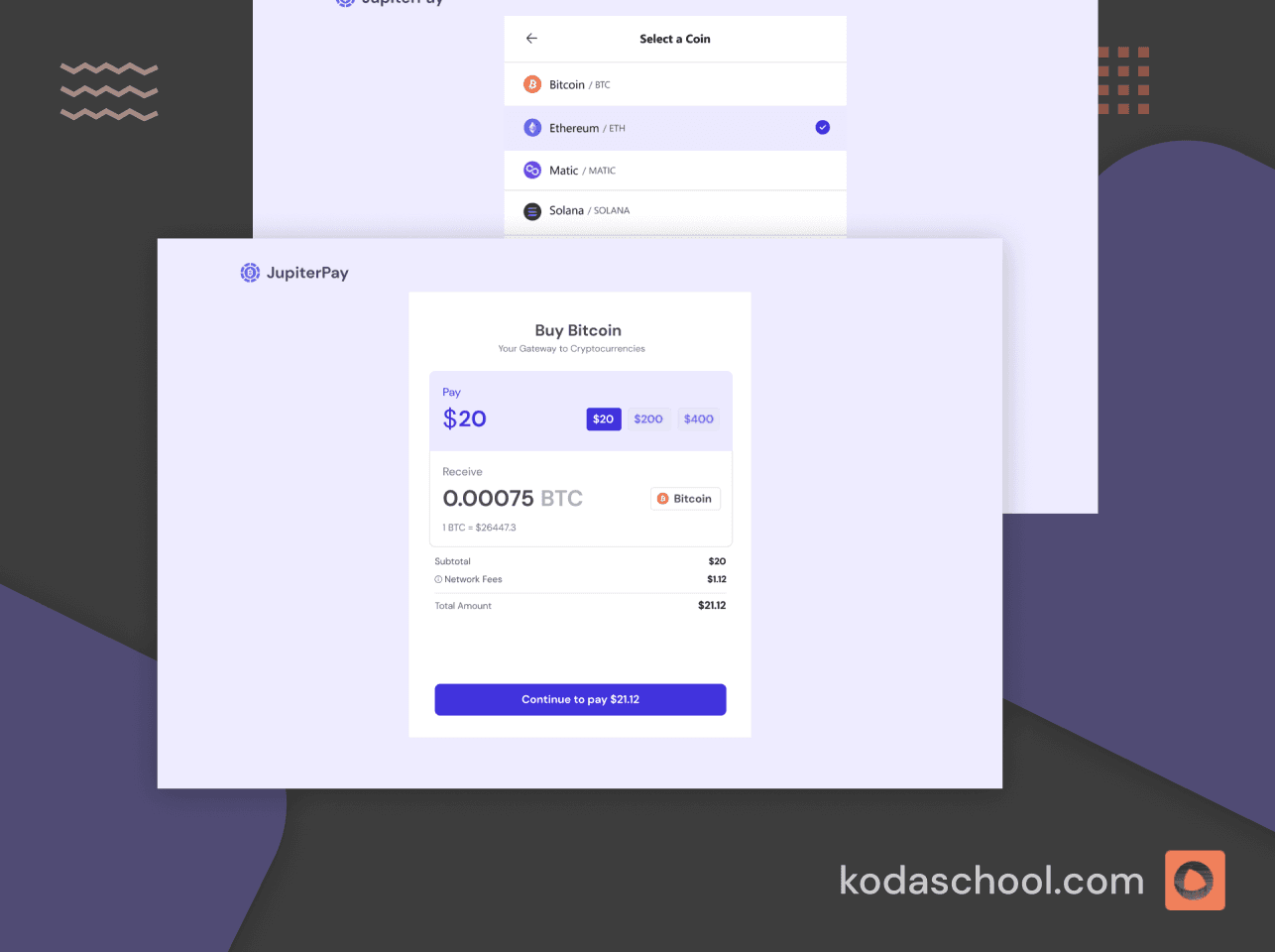Validating Email Addresses with Regex in Vue 3
Regular expressions (regex) provide a powerful tool for pattern matching, making them ideal for validating email addresses
Introduction
Email validation is a crucial aspect of web development, ensuring data integrity and user experience. Regular expressions (regex) provide a powerful tool for pattern matching, making them ideal for validating email addresses. This article will guide you through the process of implementing email validation using regex in a Vue 3 application
Understanding Email Validation
Before diving into the code, let's understand the basic structure of an email address:
[local-part]@[domain]
Local part: The part before the @ symbol, usually a combination of letters, numbers, and special characters like . and -.Domain: The part after the @ symbol, typically consisting of a domain name and a top-level domain (TLD) like .com, .org, or .net
Try Kodaschool for free
Click below to sign up and get access to free web, android and iOs challenges.
Creating a Vue 3 Component
Let's create a simple Vue 3 component with a form field for email input and a validation message:
<template>
<div>
<input type="email" v-model="email" @input="validateEmail">
<p v-if="errorMessage">{{ errorMessage }}</p>
</div>
</template>
<script>
export default {
data() {
return {
email: '',
errorMessage: '',
};
},
methods: {
validateEmail() {
const emailRegex = /^[^\s@]+@[^\s@]+\.[^\s@]+$/;
if (!emailRegex.test(this.email)) {
this.errorMessage = 'Invalid email address';
} else {
this.errorMessage = '';
}
},
},
};
</script>Breaking Down the Regex
The regex pattern ^[^\s@]+@[^\s@]+\.[^\s@]+$ breaks down as follows:
^: Matches the beginning of the input string.[^\s@]+: Matches one or more characters that are not whitespace or@. This captures the local part.@: Matches the literal@symbol.[^\s@]+: Matches one or more characters that are not whitespace or@. This captures the domain name.\.: Matches a literal period (.).[^\s@]+: Matches one or more characters that are not whitespace or@. This captures the TLD.$: Matches the end of the input string
Improving Validation with a Library
While the basic regex approach is effective, you can leverage libraries like Vuelidate or VeeValidate to streamline validation and provide additional features like asynchronous validation and custom rules.
Additional Considerations:
Email Address Length: Consider limiting the length of the email address to prevent excessive input.
Special Characters: While the regex pattern allows for various special characters, be mindful of specific email providers' restrictions.
Case Sensitivity: Ensure your regex pattern is case-insensitive to accommodate different email formats.
User Experience: Provide clear and informative error messages to guide users in correcting invalid input.
Peace!








